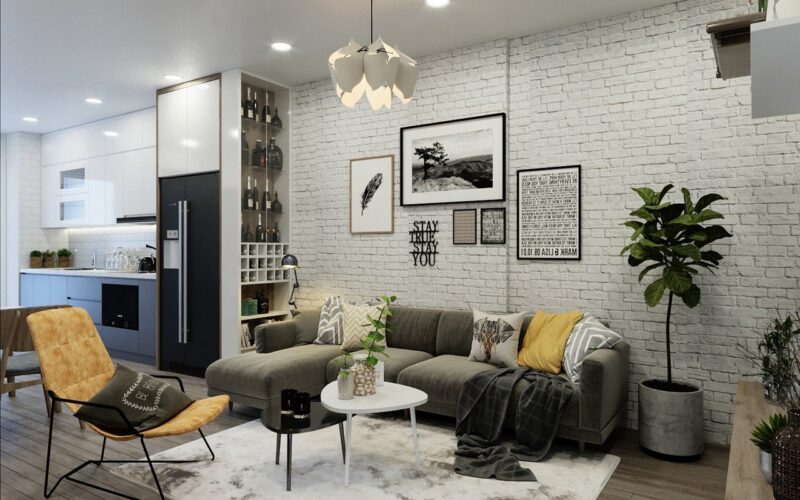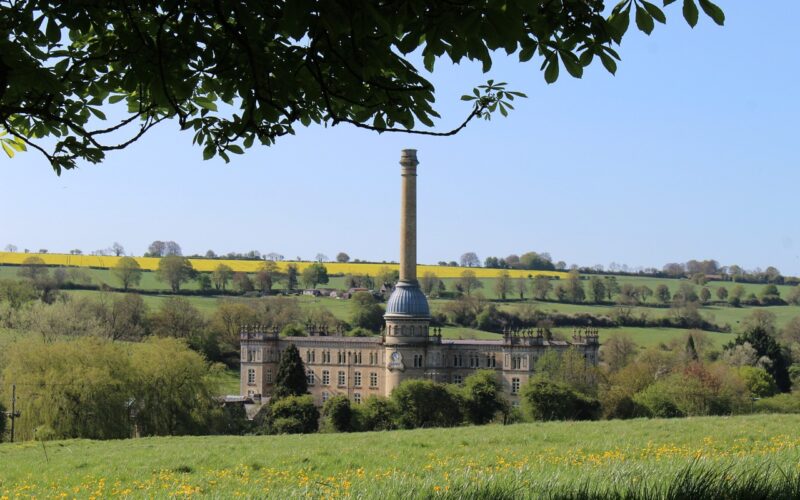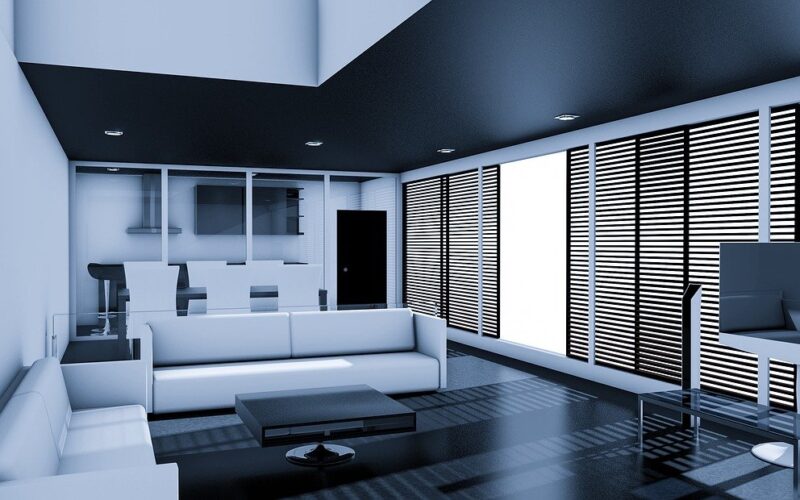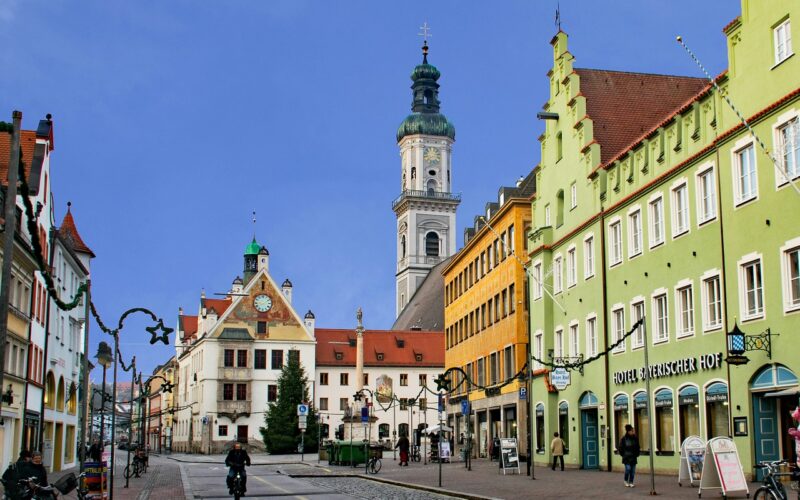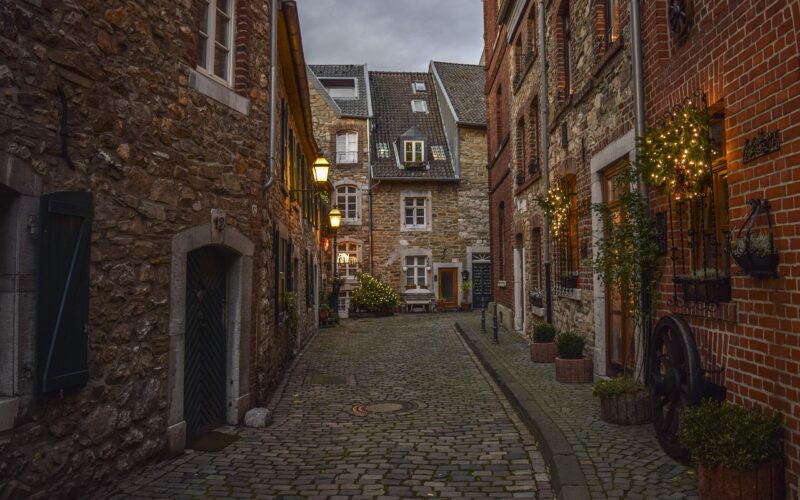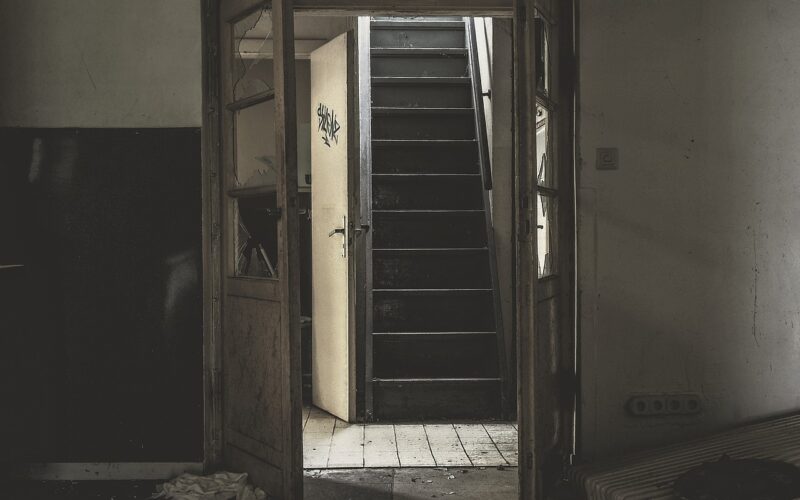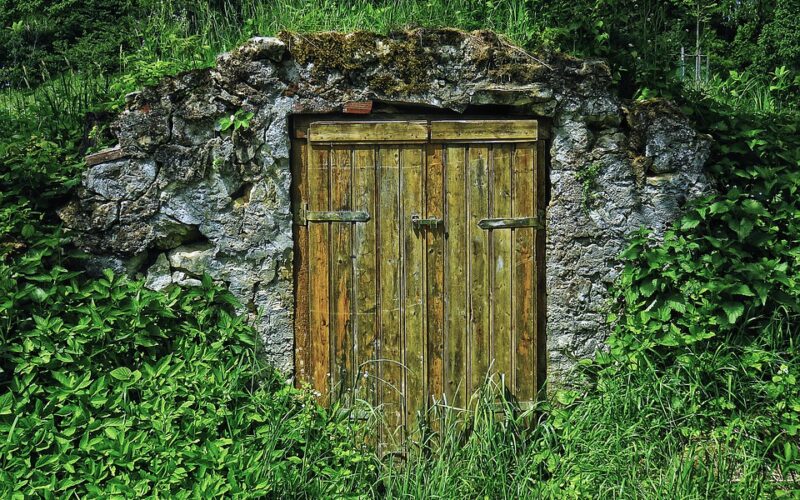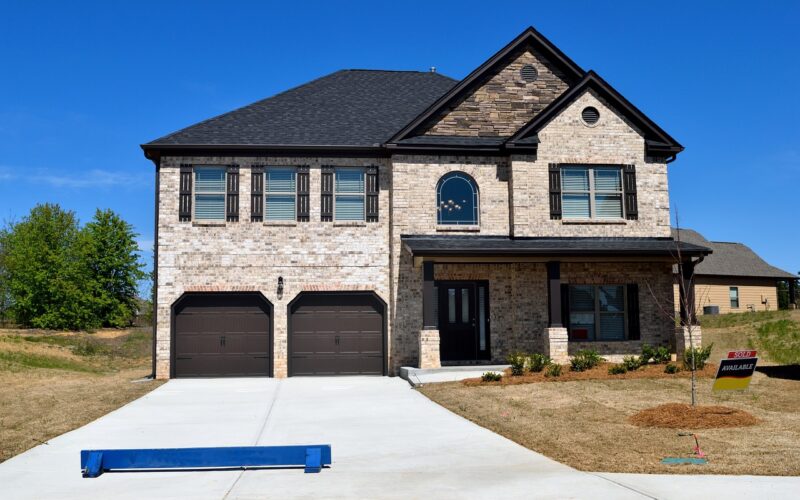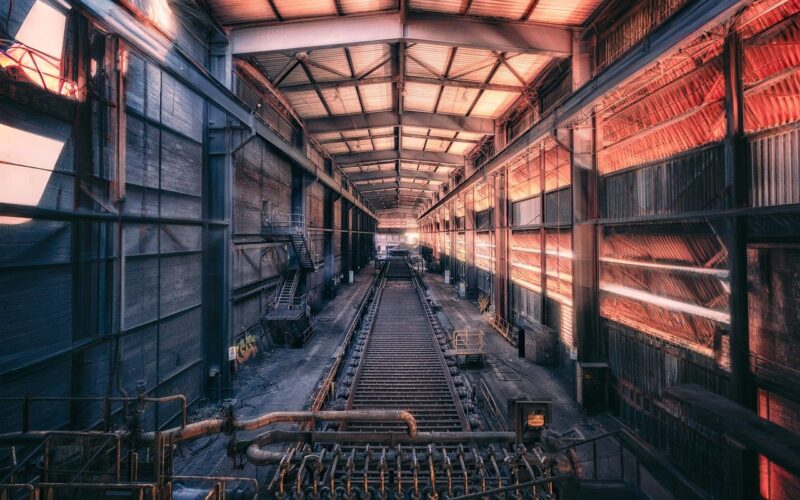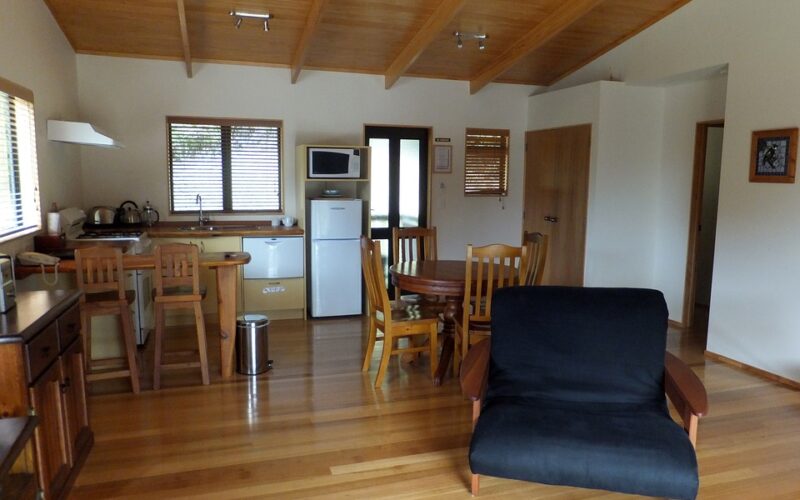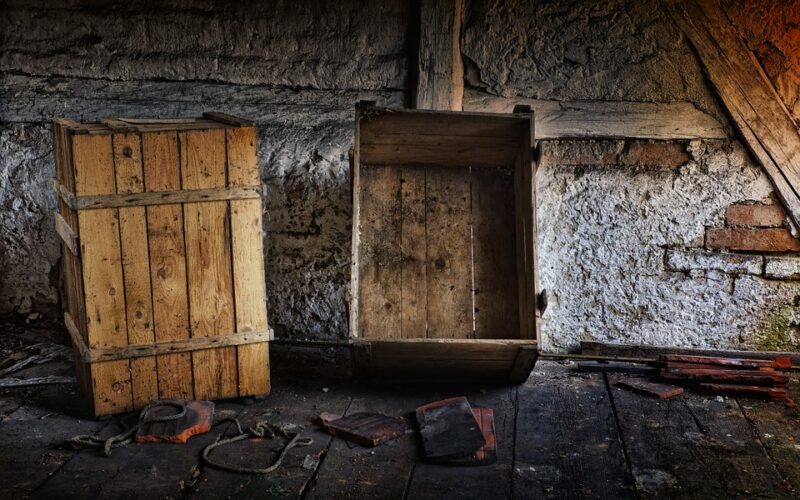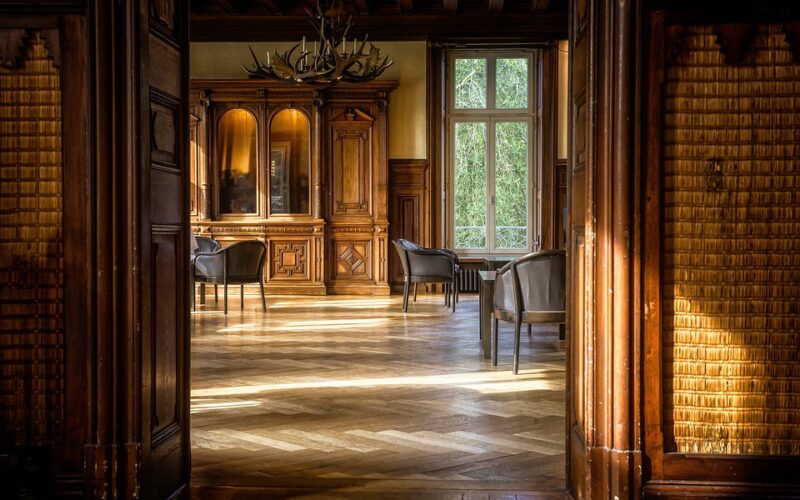Breathing Life Into Old Foundations
Revitalising aged structures and infusing them with contemporary purpose not only preserve a slice of history but also redefine the space for modern use. Converting an old mill into a blend of apartments and shops exemplifies this metamorphosis, offering a unique living experience while contributing to the economic landscape.
The historical charm of mills repurposed
Mills, once the heartbeat of industrial towns, often stand as striking historical landmarks. Their robust architecture makes them ideal candidates for conversion into residential and commercial units, offering high ceilings, spacious layouts, and a unique character that new constructions can hardly duplicate. The conversion not only meets the rising demand for housing and business premises but also ensures that these historic structures are preserved and appreciated by future generations.
Addressing the challenges of modernising historical architecture
The awe-inspiring process of transforming an old mill begins by addressing the challenges that come with modernising historical architecture. Structural integrity checks are paramount; engineers and architects closely examine the foundation and framework to ensure it can support modern habitation. The design phase delicately balances preserving the mill’s heritage with incorporating modern necessities, ensuring the building meets current safety and comfort standards without eroding its historical significance.
Comprehensive renovation
Key players in the mill's transformation are the skilled tradespeople, including plumbers and bathroom fitters, whose expertise turns these timeless foundations into functional living spaces. Plumbing systems are designed to offer modern convenience while fitting seamlessly into the old structure. Experienced plumbers meticulously plan the network of pipes, ensuring uninterrupted water supply and efficient drainage, while bathroom fitters carefully integrate modern bathroom fixtures, maintaining the vintage appeal.
Incorporating eco-friendly solutions
Sustainability is another critical factor in mill conversions. Modern boiler installations focus on eco-friendly solutions, contributing to the building's energy efficiency. Installers select systems that suit the unique layout of the mill-turned-apartments, providing residents with green heating options. Reflecting contemporary environmental concerns, these boiler systems often employ the latest technologies to reduce emissions and cut down on energy consumption.
Bridging the past and present
Once the skeleton of the building is prepared and the essential systems are in place, interior designers and architects work tirelessly to bridge the past and present in the living space design. They strive to highlight the historical characteristics—such as exposed bricks, beams, and the original mill machinery—while infusing modern comforts and aesthetics. The resultant apartments become an eclectic mix of history and modernity, attracting residents who value the character and story embedded within their walls.
Retail spaces that attract and revitalise
The conversion of old mills also creates a significant opportunity to develop vibrant retail spaces. Shops housed in such settings are gifted an automatically distinctive atmosphere, setting them apart from the regular retail experience. These spaces can become hubs for community rejuvenation and local economic growth, where artisanal businesses and larger retailers offer various products and services in an environment teeming with character.
Thoughts on sustainable development
The metamorphosis of old mills into apartments and shops represents a sustainable approach to historical preservation and urban development. By leveraging the expertise of trades such as plumbers, bathroom fitters, and a green-minded boiler installer, these buildings are equipped for modern living while honouring their industrial heritage. This thoughtful convergence of past and future not only provides unique living and commercial spaces but also fosters community spirit, preserves cultural landmarks, and promotes economic vitality. Such projects signal a growing trend towards adaptive reuse in architecture, where the reverence for history goes hand in hand with the demands of contemporary life.
Mill conversions symbolise the harmonious union of old-world charm and modern functionality, serving as a testament to our ability to repurpose the past in meaningful and environmentally conscious ways. Each plumber, fitter, and installer plays a crucial role in shaping these historic structures' future, ensuring that these revived edifices stand proudly as more than mere residences or shopping destinations—they stand as monuments to history, craft, and sustainable progress.
